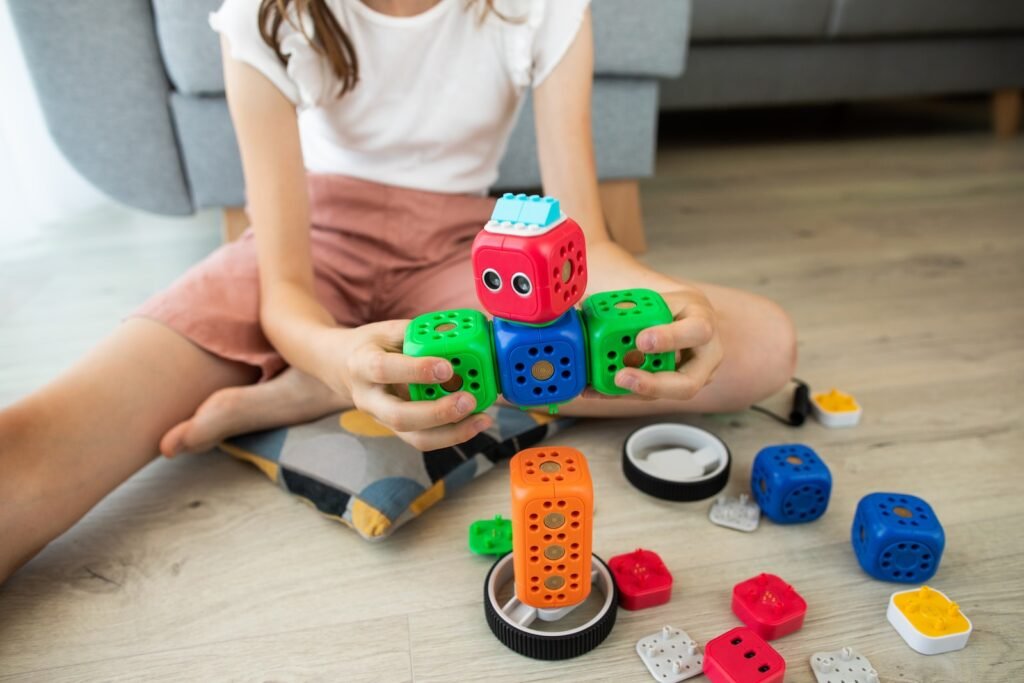Ensuring Child Safety: A Guide to Safe Toys for Kids
When it comes to choosing toys for our children, their safety should always be our utmost priority. Toys play a crucial role in a child’s development, but they can also pose potential hazards if not carefully selected. As parents, it is essential to be aware of the potential risks and take steps to ensure the toys we provide are safe for our little ones. This guide aims to provide valuable information on choosing safe toys, identifying potential hazards, understanding safety standards, and tips for ensuring child safety with toys.

Choosing the Right Toys for Your Child’s Safety
Selecting the right toys for your child’s safety involves considering age appropriateness, the durability of the toy, and its overall design. Look for age recommendations provided on the packaging, as toys designed for older children may have small parts that can pose choking hazards for younger ones. Additionally, opt for toys that are made from non-toxic materials and have been tested for safety.
When choosing toys, also consider the durability of the toy. Toys made from flimsy materials can easily break, resulting in sharp edges or small pieces that can be harmful. Look for toys that are made with sturdy and durable materials, ensuring they can withstand rough play.
Another crucial aspect to consider is the design of the toy. Avoid toys with strings, cords, or ribbons that could potentially strangle or entangle a child. Additionally, ensure the toy doesn’t have any sharp edges or points that could cause injuries. Opt for toys with smooth surfaces and rounded edges, reducing the risk of accidents.
Identifying Potential Hazards in Children’s Toys
It is important to be vigilant and identify potential hazards in children’s toys. Keep an eye out for small parts that could be a choking hazard, especially for children under the age of three. Small toys or toys with detachable parts should be avoided unless they are specifically designed for younger children.
Inspect toys for any loose parts or breakable components. Toys with loose or easily detachable parts can become choking hazards or cause injuries if swallowed. Check for any sharp edges, protruding screws, or nails that could potentially harm a child. Additionally, be wary of toys with loud noises that could damage a child’s hearing.
Understanding Safety Standards for Kids’ Playthings
To ensure child safety, it is important to understand the safety standards that govern kids’ playthings. Look for toys that comply with industry standards such as the ASTM F963, which outlines safety requirements for various types of toys. Check for safety labels on the packaging, indicating that the toy has undergone safety testing and meets the necessary standards.
Additionally, be aware of any recalls or warnings issued for certain toys. Stay updated with information from reputable sources, such as consumer protection agencies or toy safety organizations. Regularly check for recalls on the official websites of toy manufacturers or governmental authorities to ensure that the toys your child plays with remain safe.
Tips for Ensuring Child Safety with Toys
Here are some essential tips to help ensure child safety with toys:
- Always supervise young children during playtime to prevent accidents and injuries.
- Teach your child how to use toys properly and safely, emphasizing the importance of avoiding dangerous behaviors.
- Regularly inspect toys for wear and tear, replacing or repairing any damaged toys promptly.
- Keep toys clean to prevent the spread of germs and bacteria.
- Store toys in a safe and organized manner, away from hazards such as sharp objects or choking hazards.
- Avoid toys with small magnets, as they can be extremely dangerous if swallowed.
- Be cautious when purchasing second-hand toys, ensuring they meet safety standards and are free from any potential hazards.
- Be mindful of age appropriateness and developmental stages when choosing toys.
- Consider the child’s individual abilities and interests when selecting toys.
- Stay informed about the latest toy safety guidelines and recommendations to make well-informed choices.
By following these guidelines and being proactive in ensuring child safety with toys, parents can create a safe play environment for their children. Remember, selecting the right toys, identifying potential hazards, understanding safety standards, and implementing safety tips are all crucial steps towards protecting our little ones from unnecessary risks. Let us prioritize our children’s well-being and make their playtime both fun and safe.
